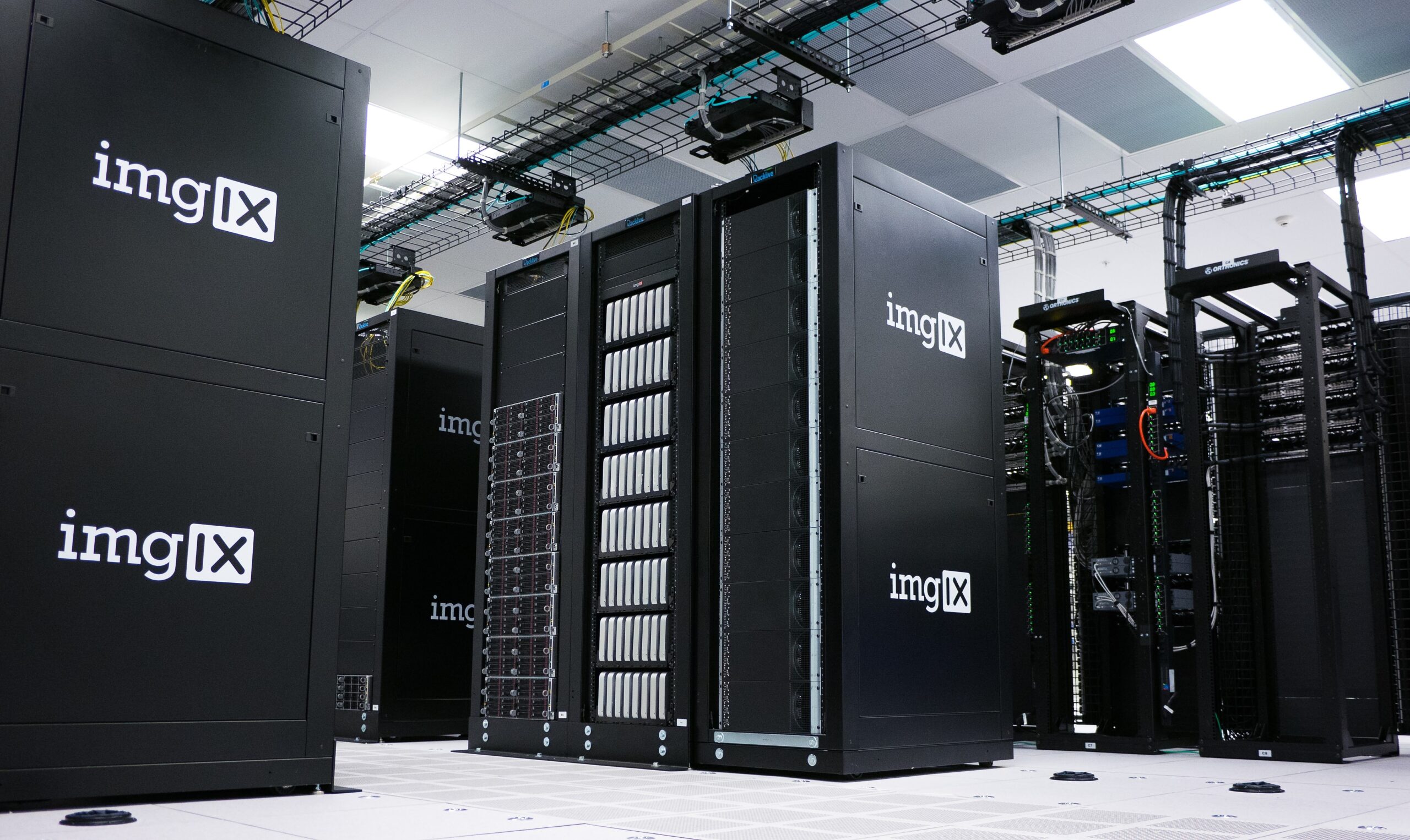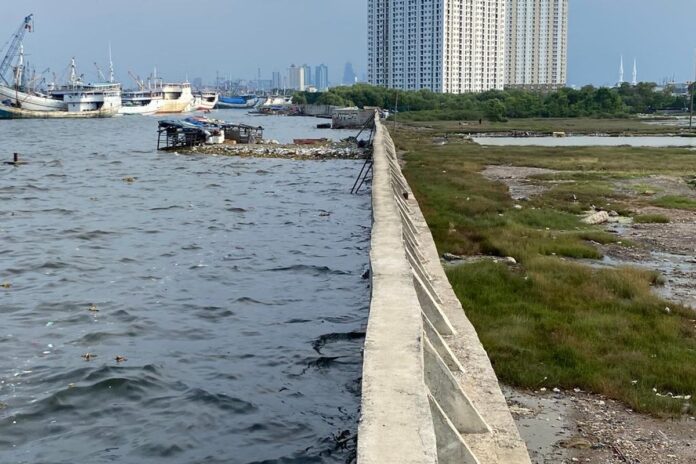The capital city, DKI Jakarta, faces a serious threat of submersion due to the continuous land subsidence observed in the Jakarta Groundwater Basin. The latest data reveals a yearly range from 0.04 centimeters (cm) to 6.30 cm, as reported by the Ministry of Energy and Mineral Resources (ESDM). This assessment was conducted over the period from 2015 to 2022, signifying a concerning trend.
Efforts to monitor the groundwater levels and land subsidence in the Jakarta Groundwater Basin have been underway since 2014, marked by the establishment of the Water Conservation Center (BKAT), a unit under the Center for Groundwater and Environmental Geology, Geological Agency, Ministry of ESDM.
Acting Head of the Geological Agency, Muhammad Wafid, emphasized the tangible evidence of land subsidence at the Water Conservation Center’s office location in North Jakarta.
Comparing the current data to the period between 1997 and 2005, it becomes evident that the rate of land subsidence has decreased. During the earlier period, the subsidence ranged from 1 cm to 10 cm annually, escalating to 15 cm to 20 cm per year.
A comprehensive groundwater monitoring initiative is conducted annually at 220 locations, involving monitoring wells, production wells, and excavation wells. This includes the measurement of groundwater levels and an analysis of the physico-chemical properties of the groundwater.
An integral objective of this groundwater monitoring activity is the evaluation of the control of groundwater extraction, an essential component in the issuance of permits for groundwater utilization. This regulatory framework is reflected in the form of a Groundwater Conservation Zone Map.
The observed land subsidence in the groundwater basin has prompted the Ministry of ESDM to issue Regulation Number 291.K/GL.01/MEM.G/2023, establishing standards for the implementation of approvals for groundwater utilization.
This regulatory measure is designed to ensure the sustainable utilization of groundwater for various purposes. Importantly, Wafid clarifies that households requiring permits are those exceeding 100 m3 of groundwater usage per month. He highlights that the majority of households in Indonesia, with an average usage of 20-30 m3 per month, fall below this threshold, obviating the need for permits.
In summary, the escalating threat of submersion in DKI Jakarta calls for a comprehensive and sustainable approach to groundwater management, reflected in the regulatory measures implemented by the Ministry of ESDM. The data-driven assessment underscores the critical importance of monitoring and addressing environmental challenges to safeguard the well-being of the region.
























